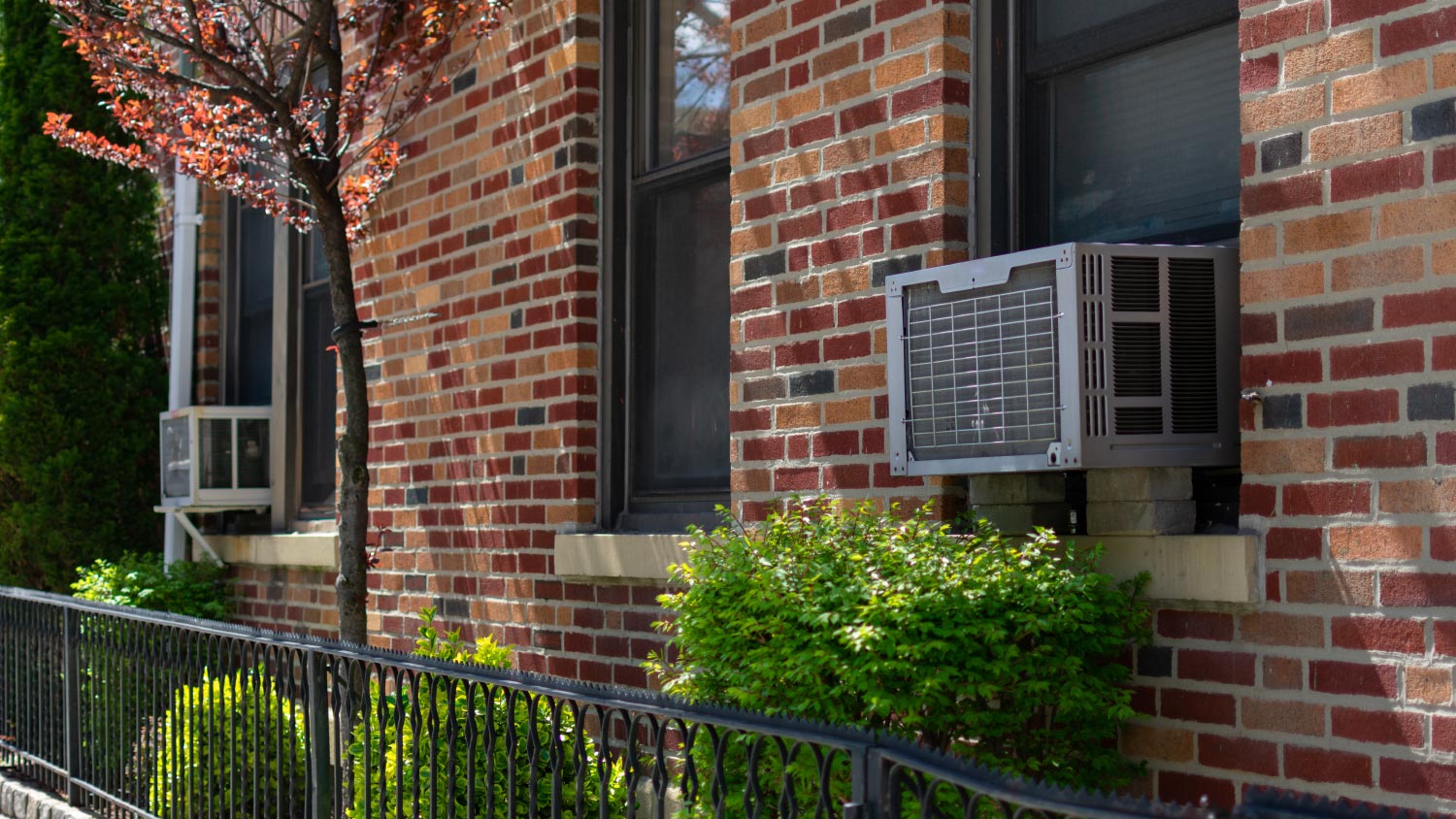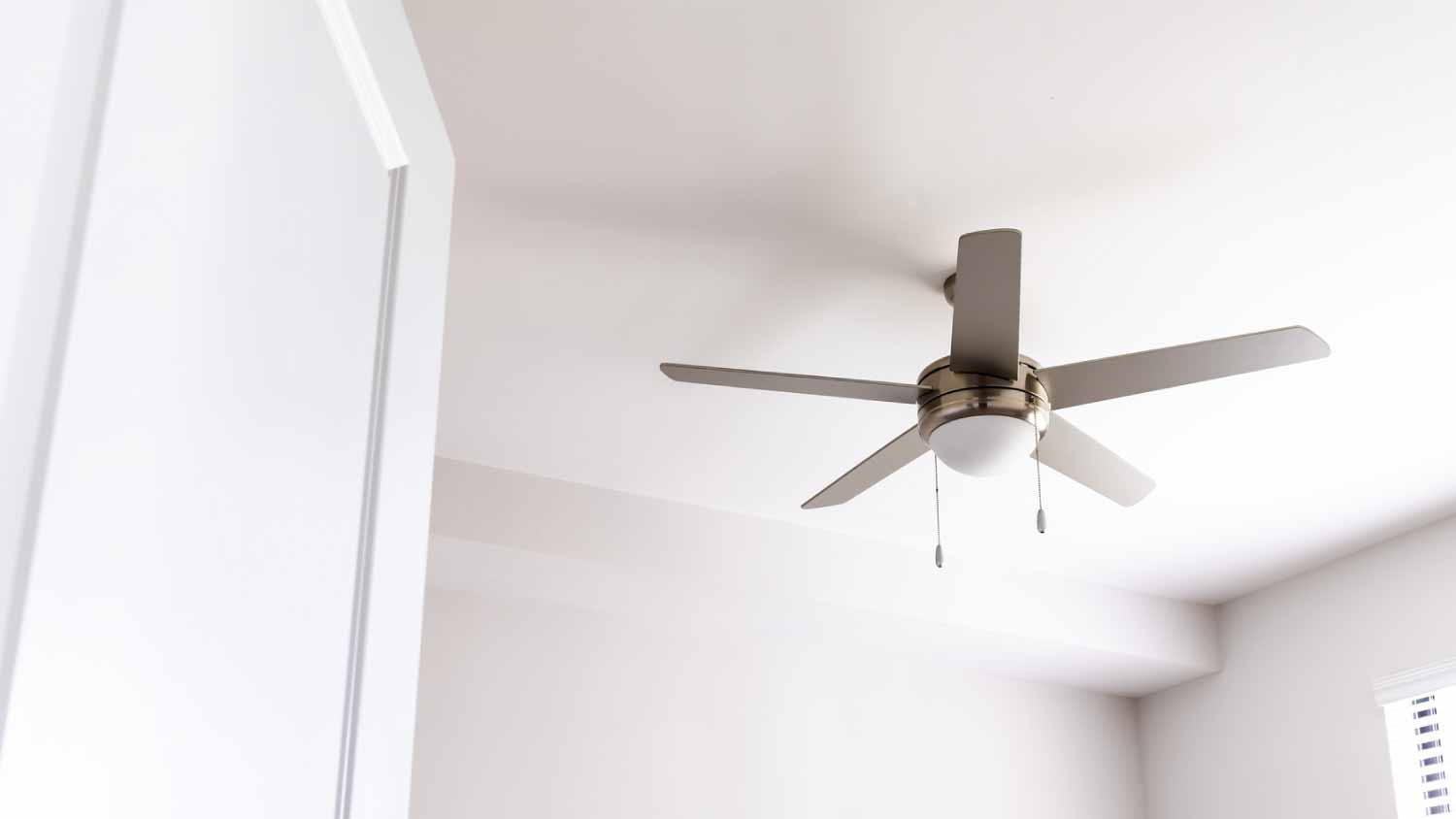9 Things to Do Before Turning On Your AC for the Spring
Don’t fire up your AC before taking these steps


Ah, spring. The flowers are blooming, the days are getting longer, and the temperatures are rising. But before you fire up the AC for these first warm days of the season, there are some steps you need to take to ensure your system is ready for the summer ahead.
Why Prep Matters

If spring is, well, springing, and you’re getting ready to start up the air conditioner for the first time of the season, you might think that all you need to do is turn it on and make sure it works. But failing to prep your system properly can lead to some pretty big—and costly—headaches in the months to come.
Without proper preparation, for instance, you might find yourself facing high utility bills and an underperforming system. You may even end up overworking your unit, which can cause the HVAC to fail entirely. And that can put you on the hook for thousands of dollars in repair and replacement costs!
So how do you prep your system to ensure it’s running efficiently and well on even the hottest of summer days?
1. Inspect the Outdoor Unit Panels

To prep your system for the first run of spring, you need to begin by thoroughly inspecting your outdoor HVAC unit, starting with the outdoor unit panels. These panels enclose the electrical connections and must be in place to help protect both you and the system. If you are missing a panel (possibly due to wind) or if the panel is misaligned, this could cause potential risks for both you and the system. If the panel covering the electrical connections is missing or out of place, you should call a qualified HVAC technician for an assessment before starting your system to reduce the risk of electric shock or fire.
2. Remove Any Condenser Covers, Coil Blankets, or Lids
You might have covered the condenser coils to protect them from winter’s cold, but you will want to ensure you remove those coverings before starting the system. These covers protect and insulate the coil, but also limit any heat transfer. Starting the system with any of these covers in place, even for a short time, could severely damage your system. Many people forget to remove their covers every year and that can spell disaster for your system!
3. Repair or Replace Any Damaged Pipe Insulation
Once you’ve removed any insulation or covers, you need to check your lines and pipes. The suction line, which is the larger copper pipe on the outdoor unit, helps to supply cool refrigerant back to the compressor in the outdoor unit. If the system’s suction pipe has damaged insulation, this could cause a loss of required cooling for the outdoor unit. This can damage your system and may also cause you to lose energy as well.
Damage to the foam insulation can be caused by lots of things, including sun rot, freezing water trapped in the foam, or winter animals looking for shelter or food. So just because you haven’t had any severe storms or other mishaps to cause damage doesn’t mean your foam insulation isn’t breaking down. And, since the foam insulation needs to be intact to maintain system cooling, you’ll want to inspect it closely before starting your system. If the insulation needs replacing, do so before starting the unit. Check the copper pipe for a size to determine the coordinate size of insulation. It might be possible to find the insulation at a local hardware store.
NOTE: The above applies ONLY the larger line, the suction line. Do NOT insulate the smaller copper line.
4. Remove Any Debris From the Outdoor Coil
Depending on where you live or what side of the house your system is located on, you might find trash or vegetation blown into or against the coil. The system condenser coils work by transferring heat, so any debris that has accumulated on the coil limits this effect.
To get the best possible performance from your system, remove this debris from the coil and surrounding area and clean the coil. Also, while mulching in the spring, take care to not pack mulch around the base of the unit. This is especially important with heat pumps as there’s likely a space under the unit. This space must remain open to allow good airflow to the outdoor unit. If you use clever methods to hide your AC, make sure they're not blocking airflow.
5. Change the Air Filters
After you’ve removed your outdoor condenser covers, checked your suction line and insulation, and cleared debris from your condenser coils, it’s time to go inside and inspect your indoor handler unit.
The change in seasons is usually a good time to replace your indoor air filters. This can be particularly important in the spring, because, during the harsh winter months, your indoor air filters tend to collect a lot more debris and dust than normal. Changing the filter will help ensure your system is ready for the cooling season.
6. Check the Coil Drainage Hose
The next step is to check the coil drainage hose. You might also know it as the “condensate line.” Usually, this is a white PVC or copper pipe that runs from the inside of your home to the outside. It can usually be found near your HVAC outdoor unit.
Since the coil’s temperature is lower than the ambient air, water will condense on the coil and drip into the tray below. This condensate needs to flow to a drain or the tray will fill up and flood the unit or potentially spill water into your basement. Check to make sure the line is in the proper place, attached, and will drain to the appropriate location.
7. Clean the Supply Vents and Return Grills
At this point, you’re ready to do a sweep of the house, checking that all vents are clean and clear of debris and abstractions. Make sure both the supply and return air grills and vents are open and clear.
Use the vacuum to remove any pet hair or dust that might have accumulated during the winter months. Some homeowners even choose to use separate winter and summer supply grills. Some homes even have separate systems—one for heating and one for cooling. If you have a system like this you might have to put extra plastic material over the AC vents to prevent drafts during the cold months. If so, make certain that you remove these coverings before you turn on the AC or you will not have proper airflow back through the system, which can overwork your system, raise your energy bills, and even burn out your HVAC!
8. Check Your Thermostat and Circuit Breaker
Once you’ve done all this, you’re nearly ready to fire up your system. But first, you should check your thermostat and circuit breaker. Make sure your circuits are flipped on and your thermostat is set After you’re sure your settings are right, it’s time to give it a go!
9. Turn It On and Make Sure It Works
Now that you’ve given both your indoor and outdoor units a good going over, you just need to wait for a nice, hot day when you can be at home for a while to monitor your AC’s performance on its first seasonal run.
Check the air coming out of the indoor vents for the first few minutes after starting it, and then every few hours throughout the day. After the first few minutes, you should feel cool air coming out of the registers. If no air is coming out, or if the air coming out does not feel cool, then something is wrong and you should immediately turn the system off at the thermostat.
You can go through the checklist one more time and then try it again. If the problem persists, turn the system off and call a local HVAC contractor who can diagnose the problem. Leaving the system turned on when it’s not running properly can do a lot of damage. It never hurts to ask an HVAC professional to help diagnose the problems if your system is not working properly.





- Furnace Repair
- Air Conditioning Repair
- HVAC Repairs
- Furnace Installation
- Wood & Pellet Stove Repair
- Dehumidifier & Humidifier Repair
- Heat Pump Companies
- Swamp Cooler Repair
- Wood Stove Services
- HVAC Companies
- Commercial A/C Repair
- Geothermal Installation
- Air Conditioning Installation
- Boiler Repair
- 24 Hour Furnace Repair
- Geothermal Repair
- Heat Pump Repair
- Humidifier Installation
- Thermostat Repair
- Thermostat Installation
- Nest Installation
- Heating & Cooling
- Heating Repair
- Furnace Cleaning
- Furnace Tune-Up
- HVAC Technicians
- Subcontractors
- Furnace Maintenance
- Plumbing & Heating Companies
- Wood Stove Inspection
- Mini Split Installation
- Wall Heater Repair
- Duct Installers
- 10 Spring AC Maintenance Tips for a Cool Summer
- All the Parts of an HVAC System Explained
- HVAC Seasonal Maintenance: 11 Tips to Keep Your System Running Strong
- 13 Cool Tips to Reduce Air Conditioning Costs This Summer
- 11 Reasons Your AC Is Blowing Hot Air
- 10 HVAC Secrets That Can Help You Boost Efficiency and Save Money
- 9 Summer HVAC Tips to Stay Cool and Save Money
- How to Troubleshoot Your Air Conditioner: 12 Common Problems and Tips to Fix Them
- How to Clean Your AC So It Runs All Summer Long
- How to Check If Your AC Is Cooling Properly














